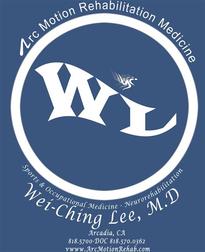SKI INJURY PREVENTION

_(From AAOS)
Skiing is an increasingly popular sports activity for youths as well as adults. According to the U.S. Consumer Product Safety Commission, there were more than 131,000 skiing-related injuries treated at hospital emergency rooms, doctors' offices and clinics in 2007. The total medical, legal and liability, pain and suffering, and work loss-related costs were more than $4.5 billion.
Follow these tips to Play It Safe and enjoy a safe ski season:
Skiing is an increasingly popular sports activity for youths as well as adults. According to the U.S. Consumer Product Safety Commission, there were more than 131,000 skiing-related injuries treated at hospital emergency rooms, doctors' offices and clinics in 2007. The total medical, legal and liability, pain and suffering, and work loss-related costs were more than $4.5 billion.
Follow these tips to Play It Safe and enjoy a safe ski season:
- If possible, skiers should ski with partners and stay within sight of each other. If one partner loses the other, stop and wait.
- At the start of each new day, skiers should take a couple of slow ski runs to warm up.
- Skiers should watch out for rocks and patches of ice on the ski trails. Skiers should make adjustments for icy conditions, deep snow powder, wet snow, and adverse weather conditions.
- Skiers should stay on marked trails and avoid potential avalanche areas such as steep hillsides with little vegetation.
- Skiers should buy boots and bindings that have been set, adjusted, maintained and tested by a ski shop that follows American Society of Testing and Materials (ASTM) standard job practices.
- Skiers should check the binding of each ski before skiing. The bindings must be properly adjusted to the skier's height and weight.
- Skiers should rest when fatigued. Most injuries occur when skiers are tired at the end of the day.
